On October 20th, Dr. Ngo Duc Minh Huy, Head of the Ear, Nose, and Throat Department at People's Hospital 115 (Ho Chi Minh City), announced that the unit had successfully treated a 67-year-old female patient diagnosed with fungal sphenoid sinusitis.
The patient presented with a persistent headache lasting several months, accompanied by a foul-smelling nasal discharge. Prior to this, the patient had sought treatment at several medical facilities, but their condition did not improve after discontinuing medication.
At the hospital, based on the initial examination results, the doctors suspected the patient had fungal sinusitis.
Subsequent CT scans and laboratory tests confirmed that the patient had left sphenoid sinusitis caused by a fungal infection. In addition, she was found to have several underlying conditions, including hypertension, stage III chronic kidney disease, and type 2 diabetes.
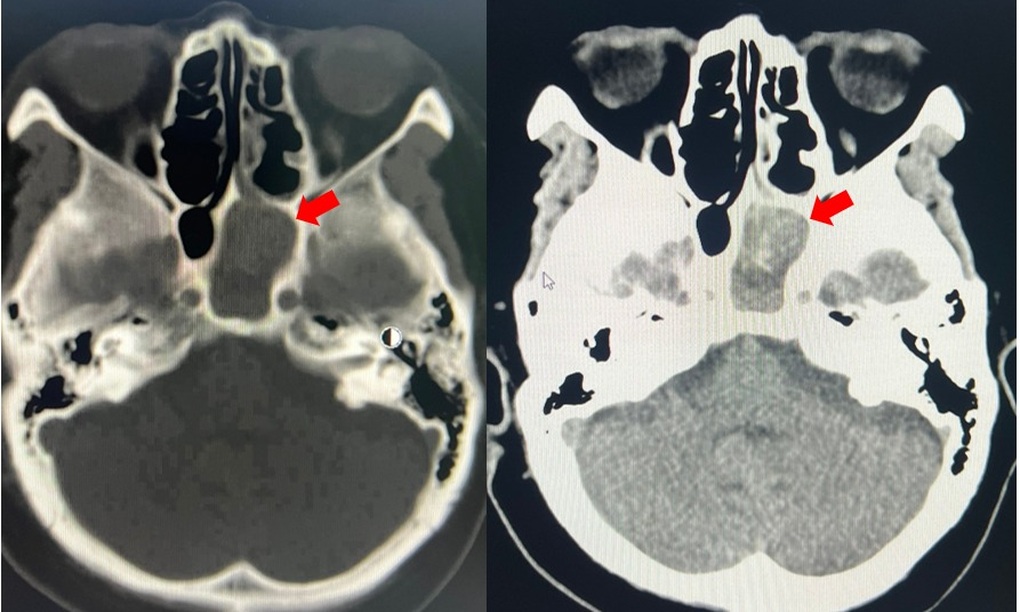
Image of the fungal mass in the sphenoid sinus on the left (red arrow) (Photo: Hospital).
Immediately afterward, the patient received multidisciplinary treatment to stabilize their initial health. When their condition permitted, ENT doctors performed endoscopic surgery to open the sphenoid sinus, removing all fungal, necrotic, and inflammatory tissue from the sinus cavity, and simultaneously taking samples of suspected fungal infections for testing.
After the surgery, the patient continued to be monitored and treated in the Ear, Nose, and Throat department. By the time of discharge, the patient no longer had headaches or runny nose.
Sharing his insights on this case, Dr. Minh Huy emphasized that fungal sphenoid sinusitis is a silent disease, easily overlooked and prone to dangerous complications, especially in older adults with multiple underlying conditions.
Fungal sphenoid sinusitis is a non-invasive fungal infection, commonly found within the group of fungal sinusitis conditions, and is more prevalent in middle-aged and older adults, especially women.
The disease originates from a fungal mass, usually caused by filamentous fungi that have been growing for a long time, forming a thick, dark brown or grayish-green "ball" within the sphenoid sinus. This area is located deep within the nasal cavity, adjacent to many important structures such as the base of the skull, the optic nerve, the pituitary gland, and the internal carotid artery.
"It's noteworthy that the disease progresses silently, with atypical symptoms that are easily confused with common chronic sinusitis. Therefore, many cases are only detected when the disease has been present for a long time, or even when dangerous complications have arisen," Dr. Huy shared.
Clinical symptoms of sphenoid sinus candidiasis are often vague and nonspecific, such as a dull headache in the parietal or retroorbital region. The pain radiates to the forehead or temples, is usually persistent, and is not very effective with painkillers.
Patients often experience nasal congestion or runny nose, which may have a foul odor. In some cases, transient vision loss or blurred vision may occur due to the fungal infection compressing the optic nerve.
Due to the location of the sphenoid sinus near many important structures, if fungal infections are not detected and treated promptly, they can lead to serious complications such as damage to the optic nerve causing sudden vision loss, or even irreversible blindness; periorbital cellulitis or orbital abscess; meningitis, or brain abscess due to widespread infection.
"This is a non-invasive fungal infection, but it can still have serious consequences if diagnosed late. Therefore, vigilance and early detection are key factors in treatment," advised Dr. Nham Tan Dat, Head of the Ear, Nose, and Throat Department.
Therefore, people should absolutely not be complacent about persistent headaches, headaches in the occipital region, behind the eyes, or in the middle of the forehead, which do not improve with medication.
"People should also seek medical attention early if they experience any unusual vision symptoms such as blurred vision, double vision, or transient vision loss. These could be warning signs of optic nerve damage caused by fungal compression," the doctor warned.
People should also regularly clean their nasal passages with saline solution, avoid polluted environments and dust, and refrain from prolonged use of medication without a doctor's prescription.
Source: https://dantri.com.vn/suc-khoe/con-dau-dau-bao-hieu-can-benh-nguy-hiem-co-the-gay-mu-mat-ton-thuong-nao-20251021000428147.htm







![[Image] Vietnam's colorful journey of innovation](/_next/image?url=https%3A%2F%2Fvphoto.vietnam.vn%2Fthumb%2F1200x675%2Fvietnam%2Fresource%2FIMAGE%2F2025%2F12%2F14%2F1765703036409_image-1.jpeg&w=3840&q=75)





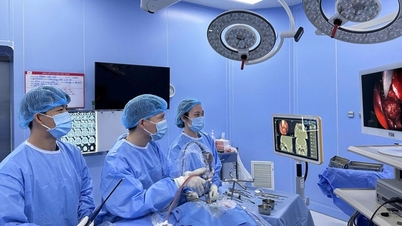
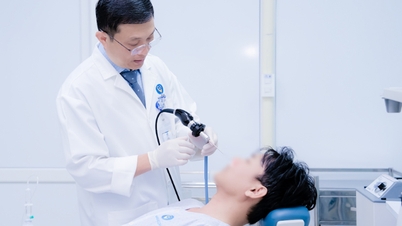
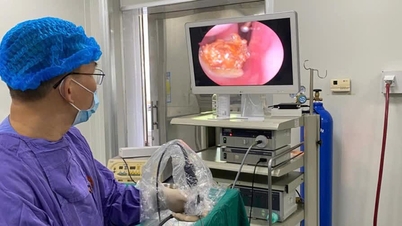


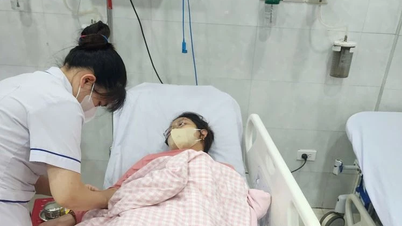




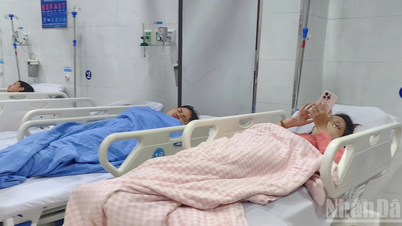

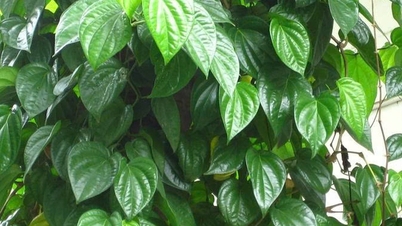

































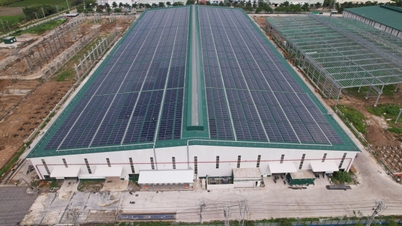






![[Image] Vietnam's colorful journey of innovation](https://vphoto.vietnam.vn/thumb/402x226/vietnam/resource/IMAGE/2025/12/14/1765703036409_image-1.jpeg)
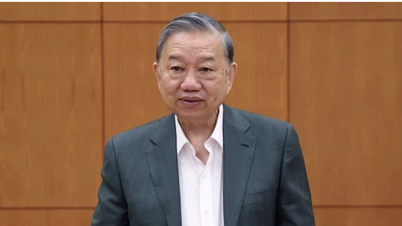








































Comment (0)